While composting, you create the perfect conditions for decay and rotting processes of plants and other stuff naturally. It includes an organic waste (kitchen waste, grass clippings, leaves, pieces of wood, newspaper), soil (as a source of bacteria and fungi), air (as a source of oxygen), and water.
The purpose of this article is to show you the way how a regular compost bin works and why composting is so important for you and your family, as well as the whole community.
Why Composting Is Essential
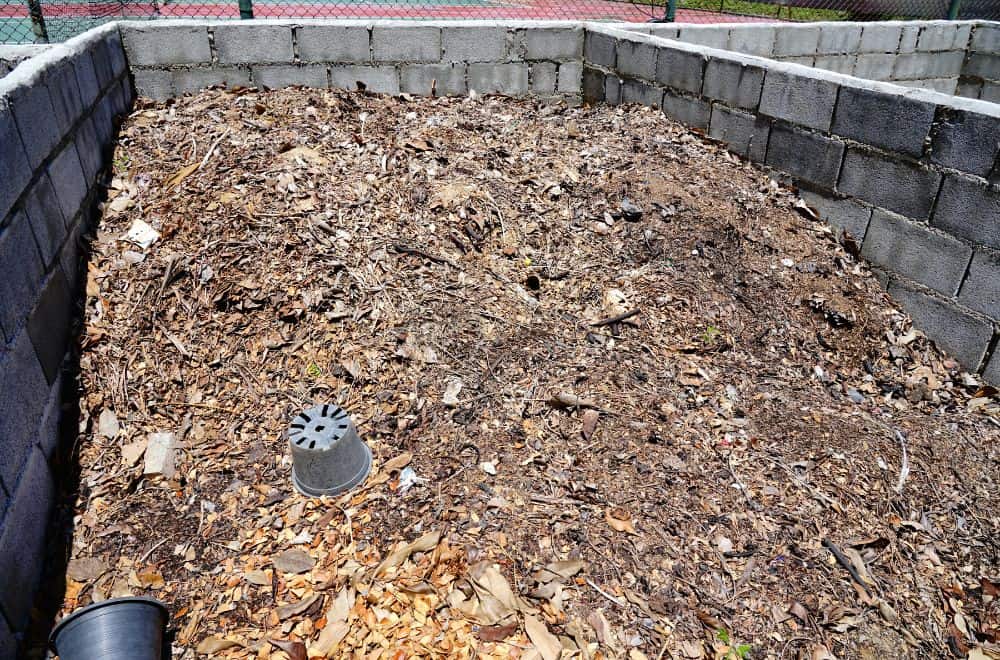
People in the US generate approximately 260 million short tons (236 million metric tons) of garbage every single year, which is the world’s record. In other words, just 4% of the world’s population produces more than 30% of total waste on the planet.
More than 57% of this trash goes to municipal landfills, and just 27% of it is recycled (mostly glass, plastic, paper, metals, and yard waste).
We will talk about the yard and kitchen waste here. Composting is an excellent way of treating solid waste from your household and using that organic material to enrich the soil.
The process itself is quite simple. Microorganisms will quickly break down your waste if there is enough oxygen and humidity. The benefits of composting are enormous, including smart handling with scraps and protection of your environment.
Types of Compost Bin
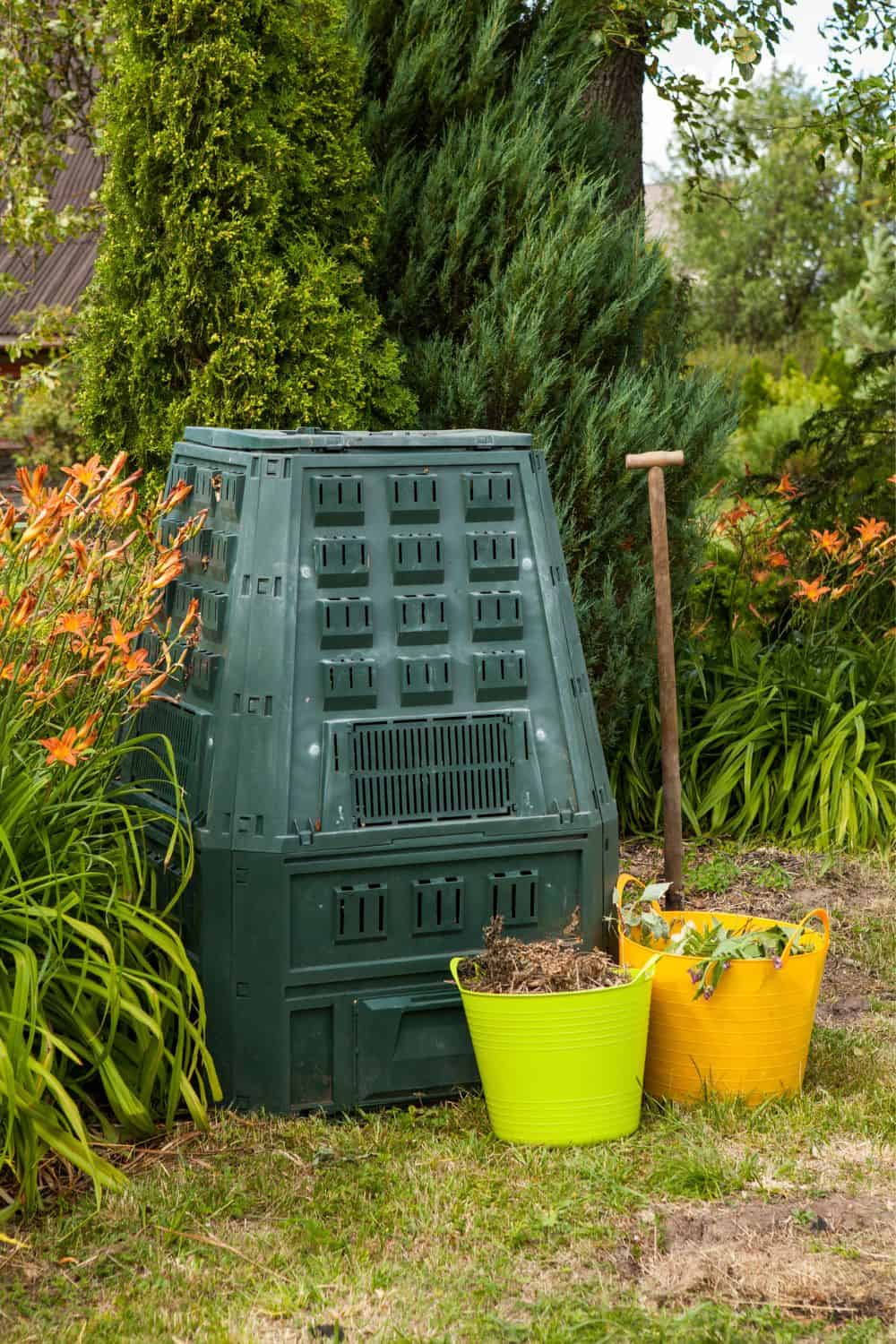
Probably the first way of composting in history was a compost pile placed in the yard which was turned over manually. Nowadays, you can choose the best method that suits your needs the most.
- Compost tumblers – I prefer these plastic, barrel-shaped or rounded units I can quickly rotate and effortlessly aerate and mix my compost. Plus, they are elegant and can be a decorative part of the yard.
- Beehive composters – This type of composters is popular in the UK, but many Americans have accepted these convenient units in recent years. It is actually a series of bins you can place one upon another. While the amount of your compost ‘grows,’ you can use mature stuff from the bottom levels.
- Worm composters – Vermicomposting is the method of using red worms to create compost.
- Bench-top (kitchen, countertop) composters – These indoor compost bins are quite practical for making compost indoors. There are two versions of those bins. The first one is a traditional, aerobic composter that needs to be aerated and heated.
The second one is an airtight container where compost is made in anaerobic conditions (without oxygen). However, you need to add a mix of bacteria in it to support the process of composting.
Determine the Appropriate Ingredients
The ingredients you should add to the compost pile
- Kitchen waste
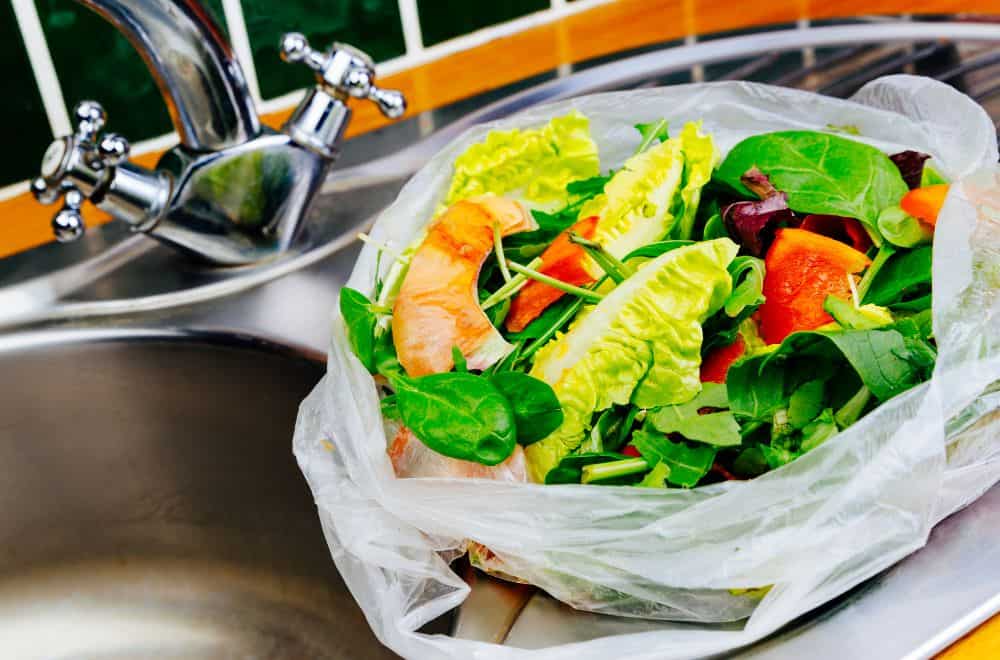
Before putting these scraps to the compost heap, you need to grind or chop them up. That way, these ingredients will break down quicker. The same procedure applies to various parts of fruit and vegetable such as their skins, peels, leaves, and seeds.
- Meat, fish, and dairy
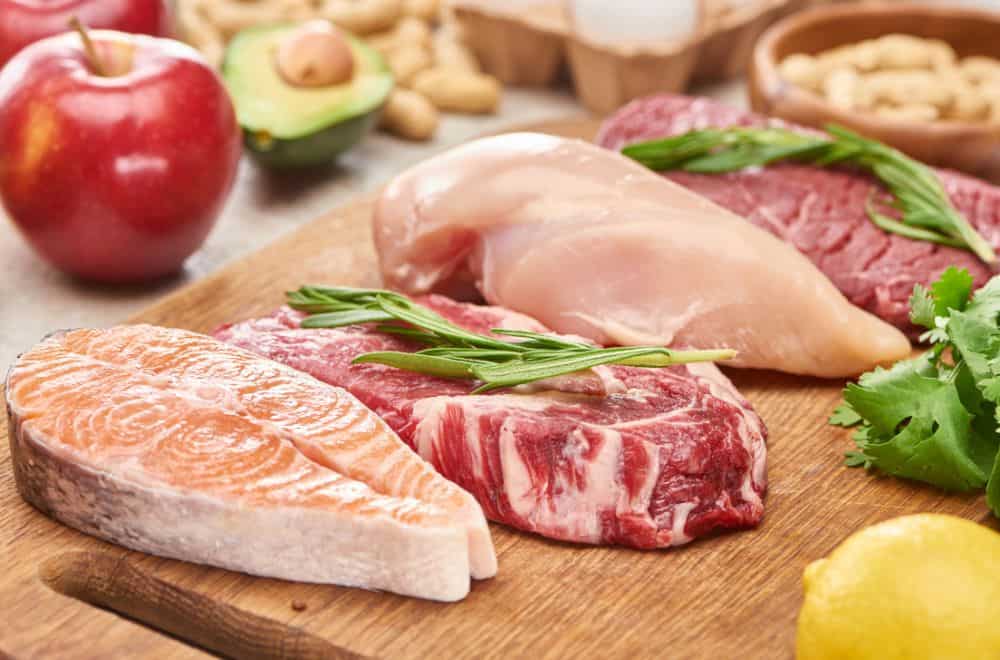
Since these products contain a high level of fat and cause an unpleasant odor, most people prefer avoiding them. The truth is that adding those ingredients to a passive pile or poorly active compost heap is not a good idea. However, they are not a big problem if your pile is hot and you turn it over regularly. To get better results, try to run this type of waste through a food processor. By reducing their size, you will speed the process of their decomposition, and prevent undesirable side effects.
- Eggshells
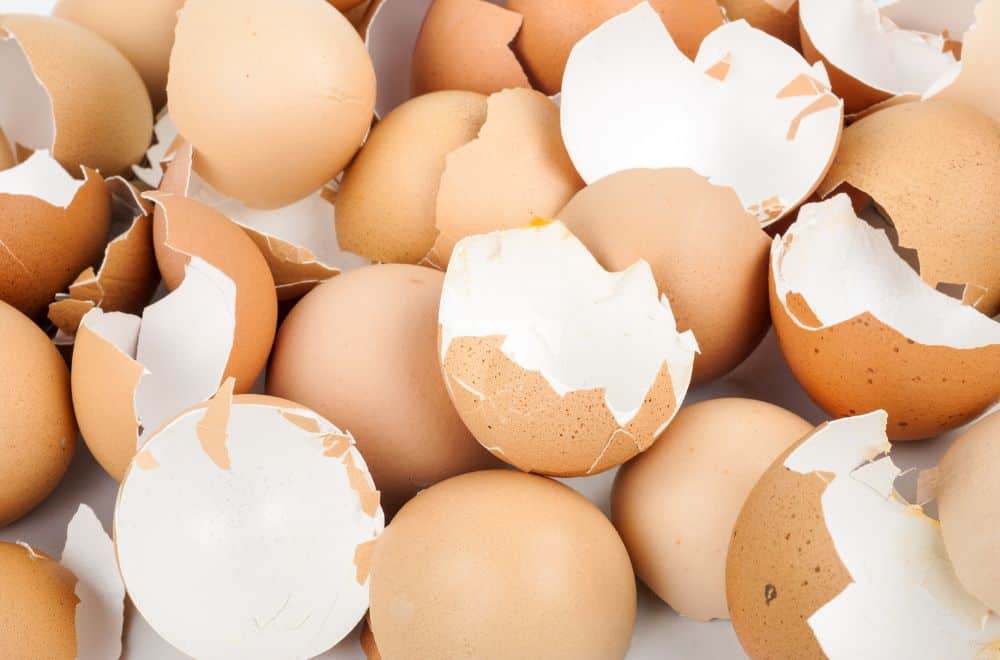
Before adding them to the pile, you need to crush them. Keep in mind that they are neutral and won’t affect the C : N ratios of your compost.
- Coffee grounds
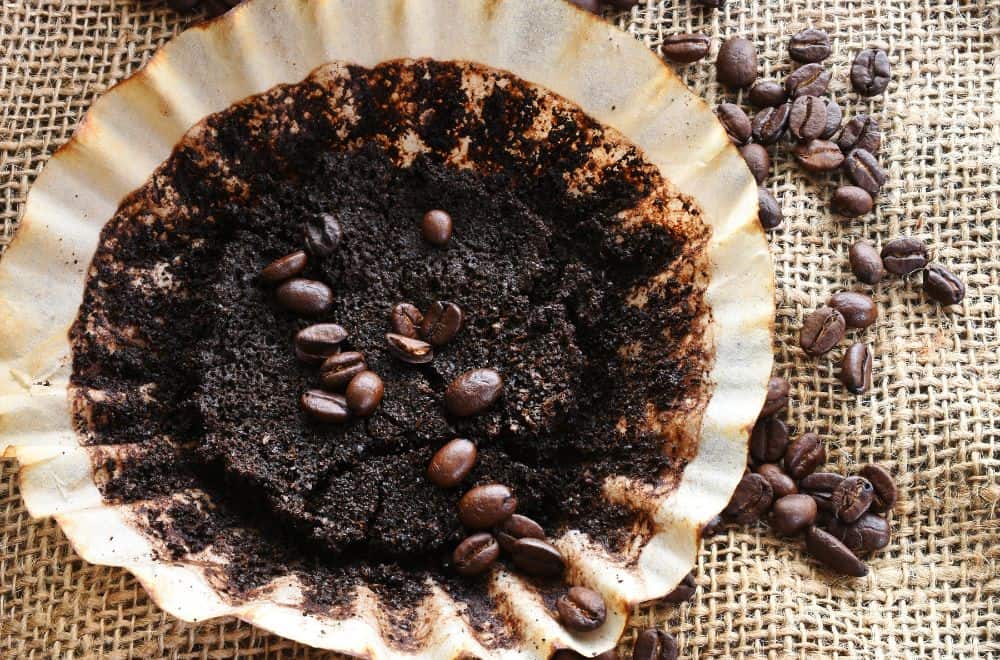
Just spill it over the pile.
- Tea bags and paper napkins
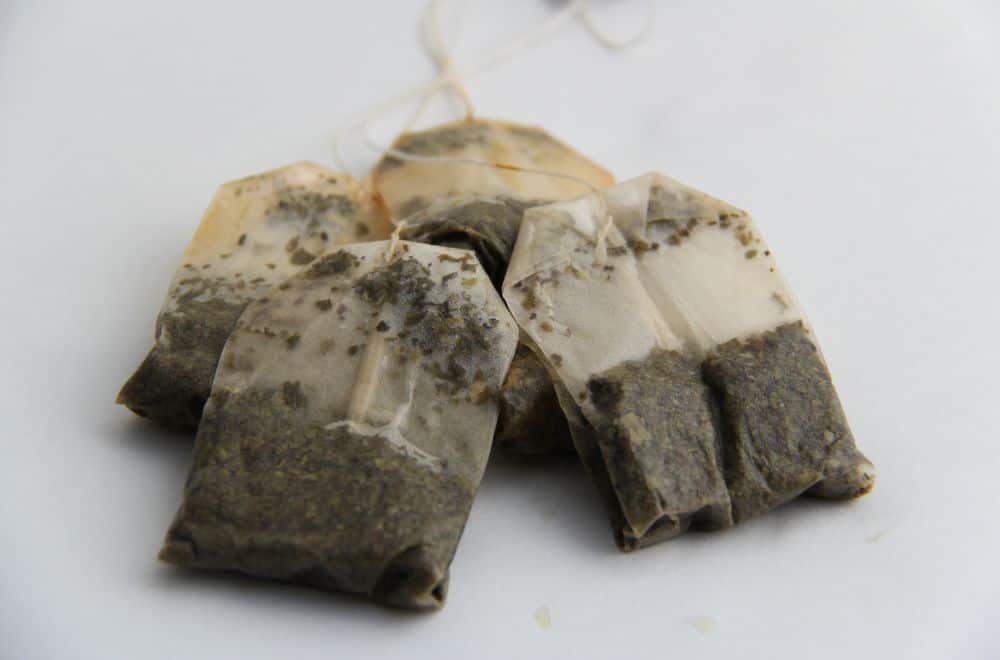
Before adding them, you need to cut those materials into small pieces.
- Grass clippings, weeds, sawdust, straw, hay, and the fall leaves
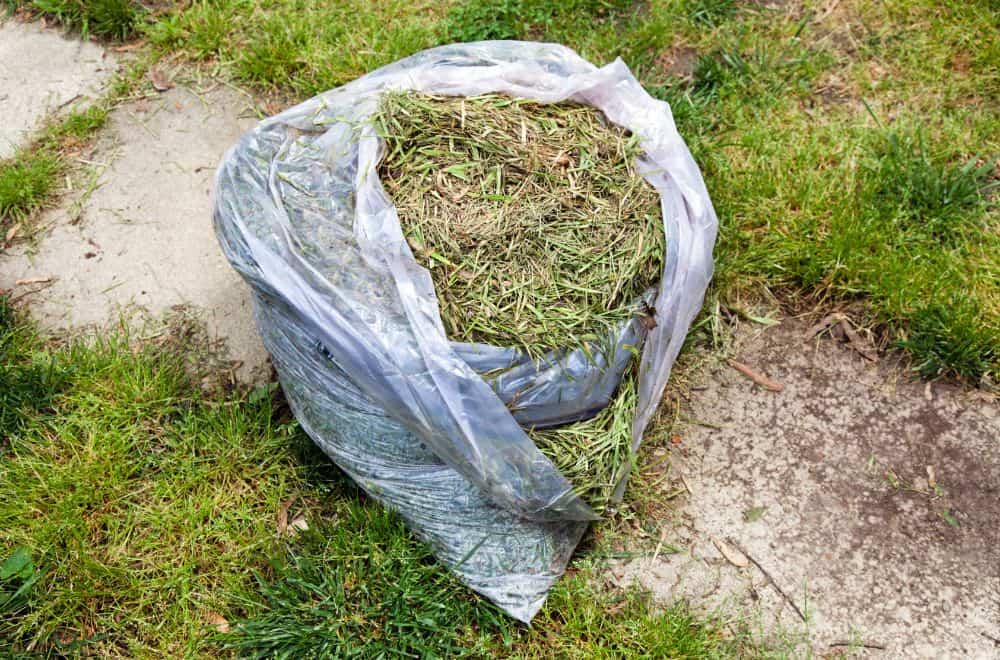
After mowing and collecting those materials, mix them with existing components without additional processing.
- Corncobs
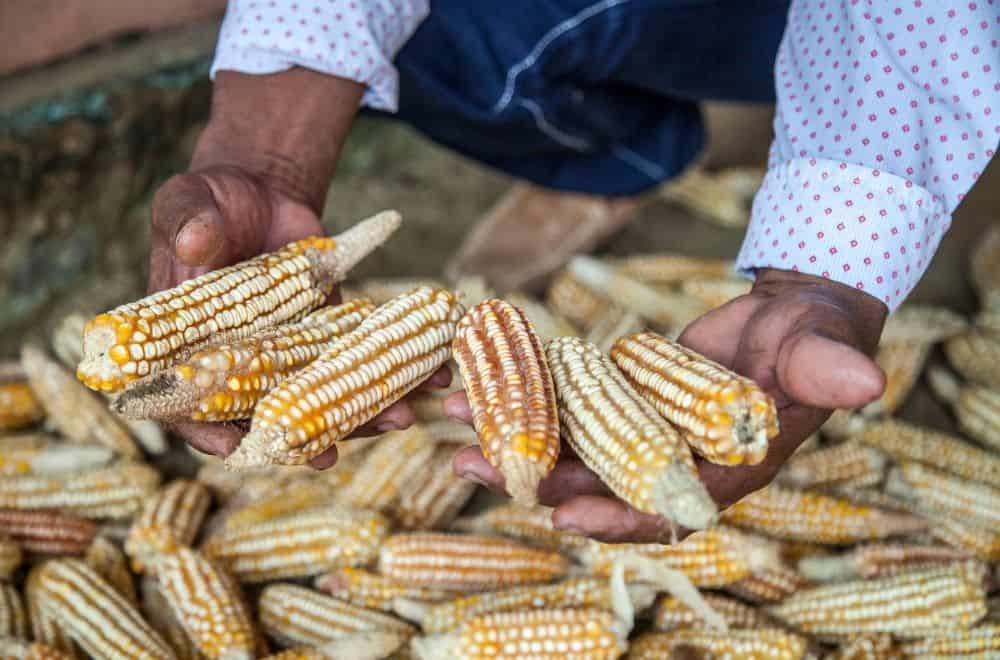
Shred them as much as possible before adding, to make the process of breaking down this ingredient quicker and easier.
- Pine needles, newspaper, cardboard, and woody materials
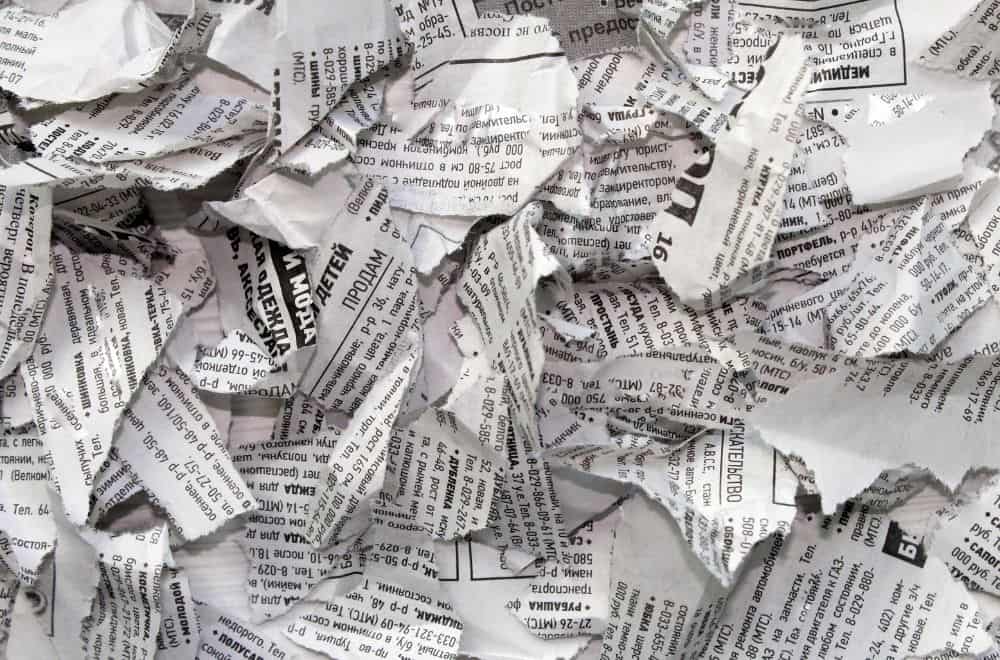
In smaller quantities, these ingredients are beneficial for your compost, but you need to cut them to the smallest possible pieces first.
- Seaweed and kelp
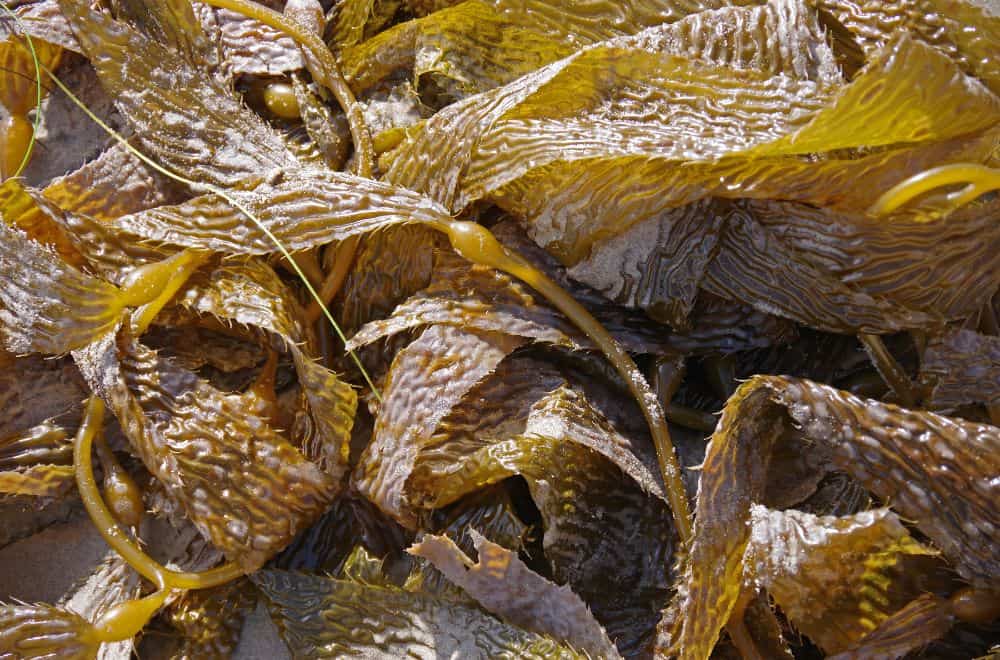
Use those nutrient-rich materials if you have them in your disposal. Before adding stuff into the pile, you need to soak them in fresh water to rinse excess salt.
The ingredients you shouldn’t add to the compost pile
- Human waste and pet litter
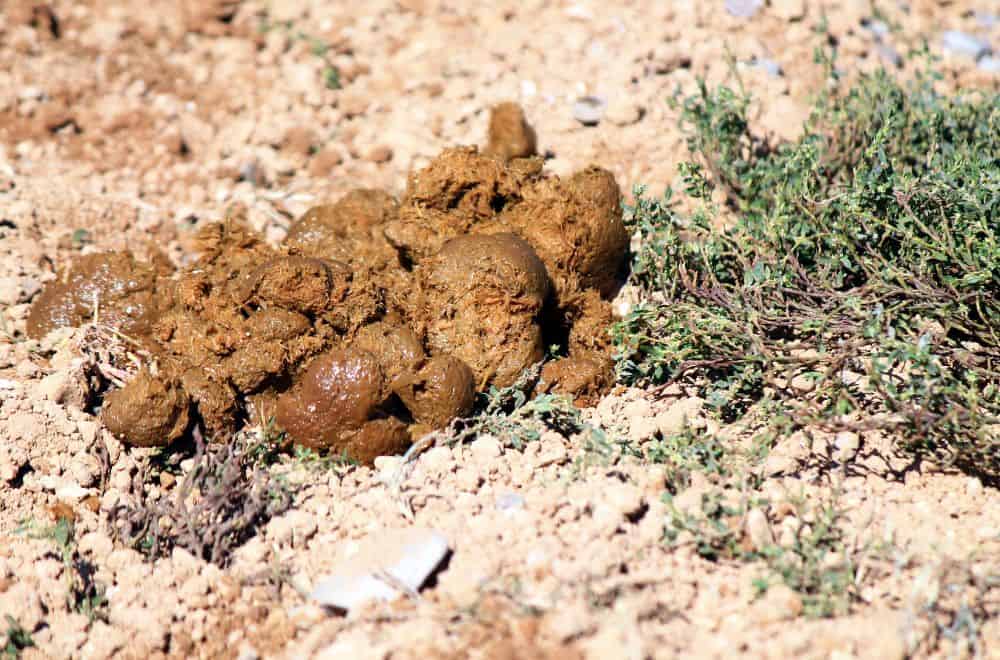
Due to possible infestation with parasites and awful odor, you should avoid them.
- Diseased garden plants
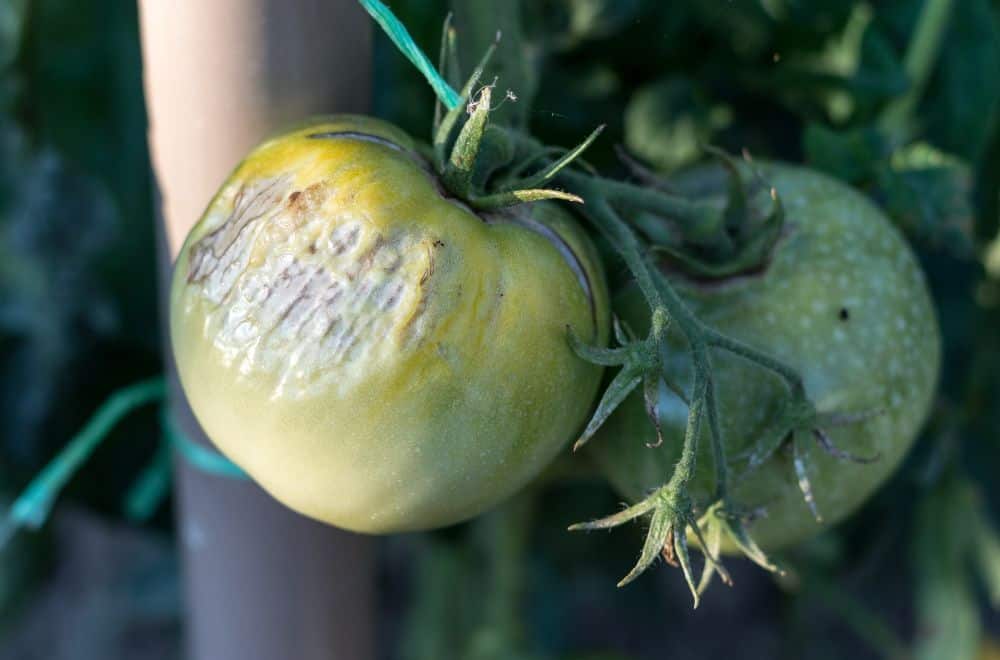
When you suspect that your garden plants are infected, you mustn’t add them to your compost pile. They will influence the rest of the heap and cause troubles in your garden after applying mature compost around.
- Plant material treated with pesticides
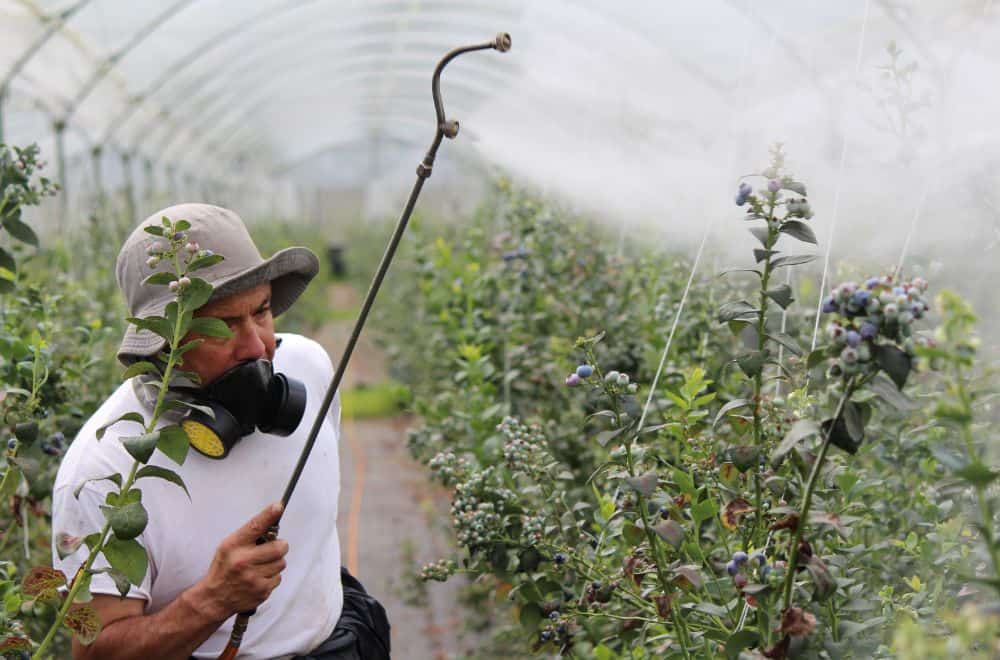
Pesticides are harmful to the microbes which allow the process of composting. Also, they will probably become a part of your pile and end up in your garden after spreading compost.
- Invasive weeds
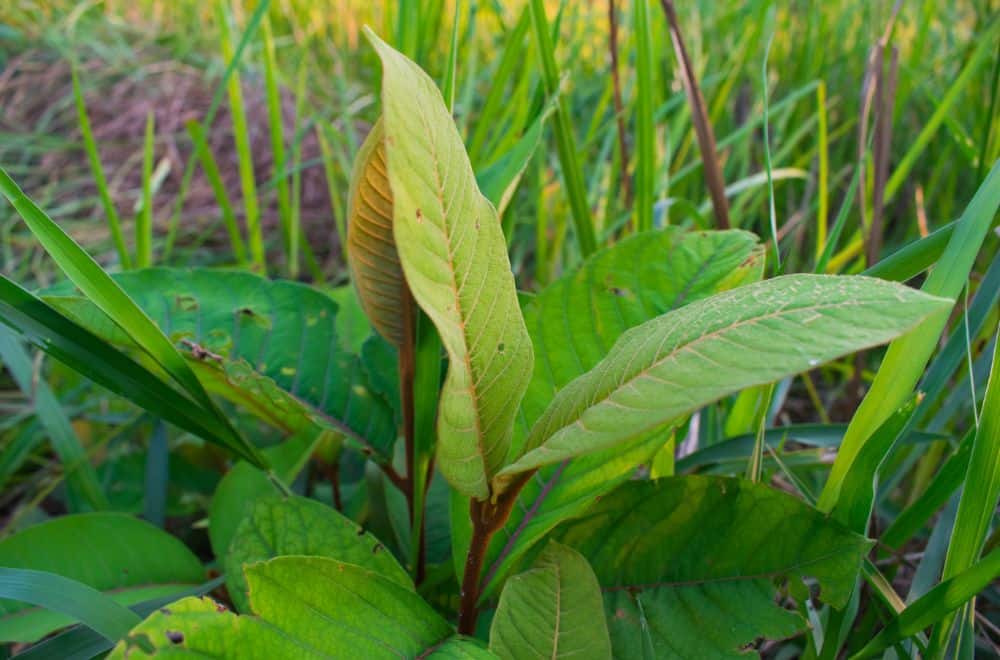
Believe it or not, most of seeds and spores of invasive weeds will survive the process of composting. By spreading mature compost over your garden, you will actually plant weeds all over it.
- Charcoal ashes
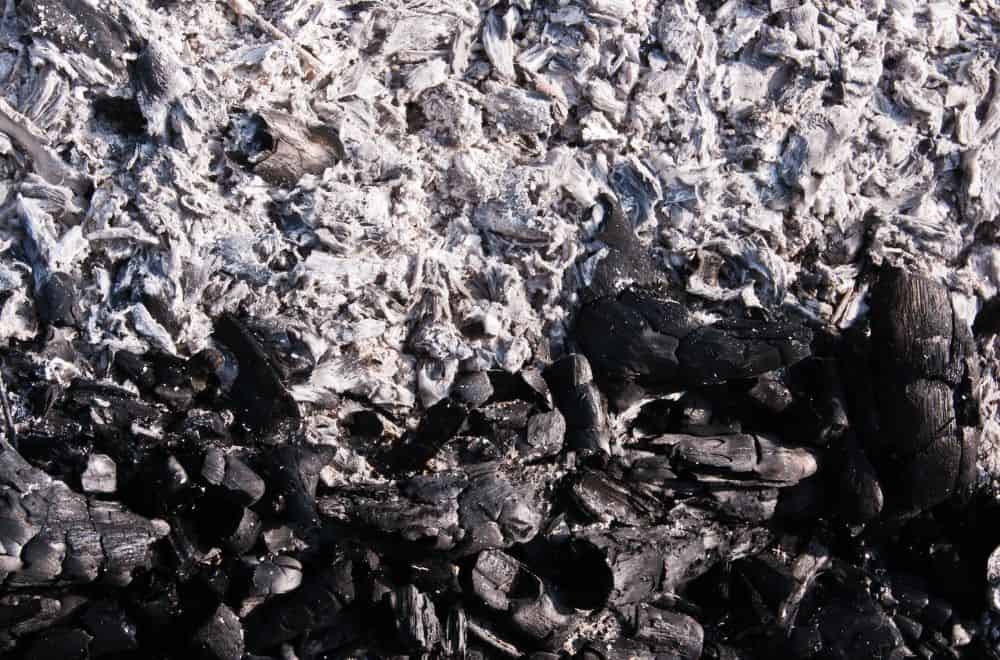
Unlike other types of ashes, this one is toxic to microorganisms in the soil, including beneficial ones.
The Process of Composting
Basically, the process of composting implies the activity of microorganisms from the ground. They use the organic, carbon-containing kitchen waste and break it down into pieces.
As a result, we get humus rich in fiber, nitrogen, potassium, and phosphorus. To do their job well, those microorganisms need enough oxygen which you need to provide by turning the composting material in your compost bin.
Table 1 – Which type of composter will suit you the best
| Where do you live |
The material you want to compost |
||
| Kitchen waste mostly | Kitchen and yard waste | Yard waste mostly | |
| An urban area without outdoor space | Worm bin | / | / |
| An urban area with a balcony or patio | Compost tumbler or worm bin | Compost tumbler | / |
| A suburban area with yard | Compost tumbler or enclosed bin | Compost tumbler or enclosed bin | Enclosed bin or DIY bin |
| A rural area with yard | Compost tumbler or enclosed bin | Compost tumbler, enclosed bin, or open compost pile | Multiple enclosed bins or open compost pile |
To get high-quality compost, you need to provide balanced conditions or efficient decomposition, which includes:
- Proper carbon to nitrogen ratio – I can’t emphasize enough the importance of carbon/nitrogen ratio. To get the best possible compost, you need to calculate the proper ratio of those two elements which is always between 25:1 and 30:1.
- Plenty of fresh air (oxygen) – Oxygen is an essential element for the aerobic microorganisms to survive and work successfully. To provide excellent aeration, you need to turn over your pile daily, or at least once in two days. This job will be more comfortable if you use a compost tumbler with a handle.
- Keep in mind that, without proper aeration, the ingredients will break down too slowly, and you will find yourself stuck with a stinky heap.
- An adequate amount of water – You need to determine the level of moisture of the composting material. Your heap needs to be well moist, but not too wet. Water is essential for the microorganisms working in the compost pile. However, if you add too much water, the material will become slimy and smelly. On the other hand, you shouldn’t allow that content becomes too dry because lack of moisture will kill the bacteria and you will stay without compost.
- An adequate amount of soil – Adding the soil to the compost heap is the best way to provide enough bacteria and fungi which will enable the smooth running of the process.
- The size of tiny particles – The essence of the composting process is breaking down big pieces of ingredients to smaller particles and getting basic nutrients your plants can use for healthy growing.
Table 2 – How to classify your waste for composting
|
Type of material* |
|
| Carbon | Nitrogen |
| Wood chips and pellets | Kitchen waste |
| Wood ash | Tea leaves |
| Shrub pruning | Coffee grounds |
| Corn cobs | Grass clippings |
| Pine needles | Fruit and vegetable waste |
| Straw | Weeds |
| Leaves | Flowers |
| Shredded paper | Seaweed |
| Newspaper | Chicken manure |
| Cardboard | |
| Dryer lint | |
*Crashed eggshells are neutral
Microbes Which Make the Composting Process Possible
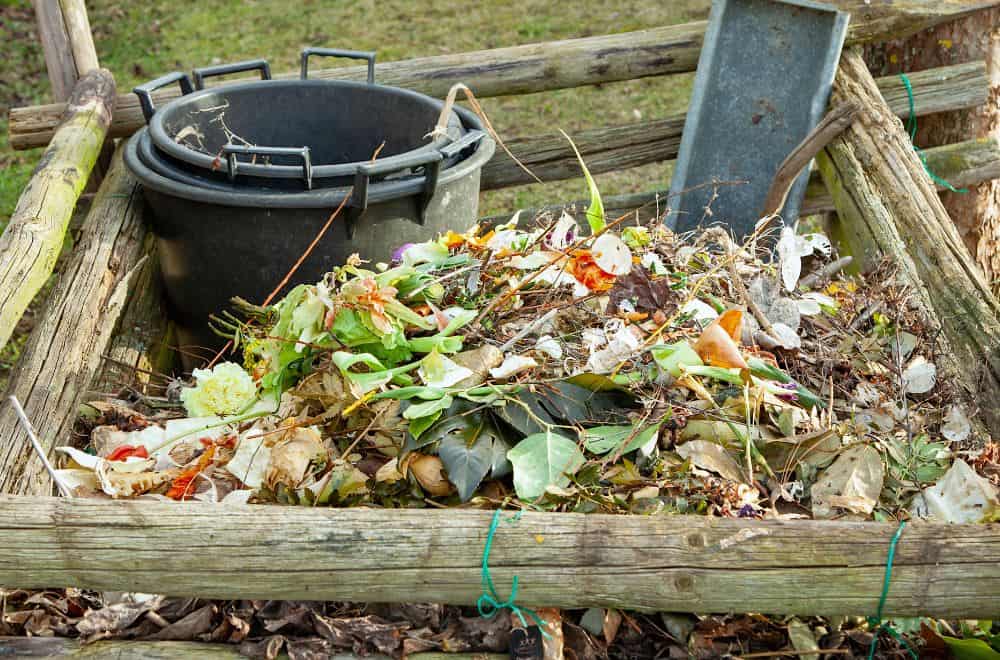
There are two general classes of microorganisms which allow the composting process goes smoothly.
Aerobes – These microbes work just in the well-aerated environment with the necessary level of oxygen. Since they are highly active in compost tumblers, worm composter, compost piles, and heaps, you will use them for aerobic composting.
Anaerobes – These microbes work better in the absence of oxygen. You will use them if you prefer composting in the sealed containers.
Which one type of microbes you want to encourage will depend on the composting process you want to force.
No matter what type of composting you choose, you need to know which components and microbial type of action are necessary for the smooth running of the process.
For aerobic composting you will need:
Organic materials + water + oxygen = carbon dioxide + energy + water
For anaerobic composting you will need:
Organic materials + water = carbon dioxide + energy + hydrogen sulfide + methane
The System of the Aerobic Composting Process
The secret how to get excellent compost effectively is to create an ideal environment for the beneficial microbes to thrive. They need enough nutrients, warm temperatures, plenty of oxygen, and adequate moisture. There are three stages in the process of composting which include different types of microorganisms.
The first stage – It lasts approximately just a few days. During this period, your compost pile develops the temperatures from 68 to 113 F (20 – 45 C). It is an ideal environment for the activity of mesophilic microorganisms to start breaking down the biodegradable compounds physically. As a result of their work, the production of heat increases and the temperatures rise over 104 F (40 C) quickly.
The second stage – With starting the activity of thermophilic microorganisms, the second stage of composting begins. Microbes will break down the organic matter, including complex carbohydrates, proteins, and fats into more delicate pieces. This phase can last just a few days, but it is possible that you need to wait for several months before it finishes.
You can expect the temperatures continue to increase. Therefore, you need to turn over your pile regularly to avoid overheating and killing beneficial microbes. With proper aeration, you will keep temperatures below 150 F (65.5 C), which will allow thermophilic microorganisms to work without disturbance.
The third stage – This stage begins when microbes use up all nutrients available, and it usually lasts a few months. You can expect the temperatures start decreasing slowly.
When your pile becomes cool enough, mesophilic microorganisms will take over the material again and finish the process of breaking down the remaining organic matter.
The System of the Anaerobic Composting Process
This way of making compost is not too widespread since it is slower than the aerobic one and produce foul odor as well. Basically, you just need to put your waste into a sealed composting system without aeration and let anaerobic microorganisms finish their work of breaking down of organic material.
At the end of that process, you will get usable compost which will be soupy, rich in acids, and have bad-smell of rotten eggs thanks to released hydrogen sulfide.
Conclusion
Nowadays, the choice of bins on the market is really great. However, you can make one by yourself by using or even combining various materials, including lumber, stone, plastic, ceramic, cinder blocks, and wire fencing.
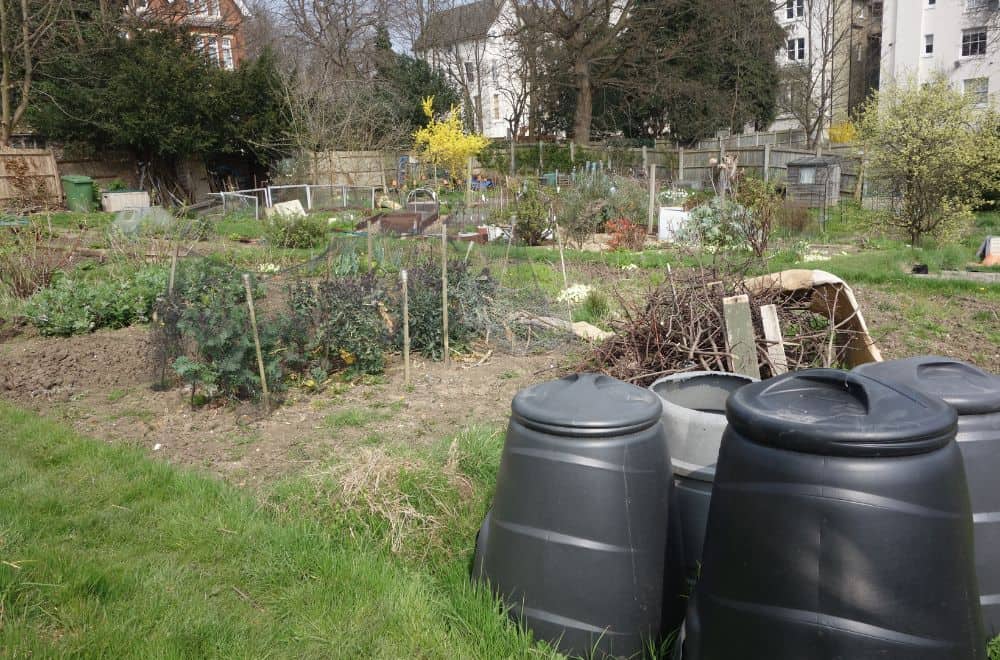
Leave a comment